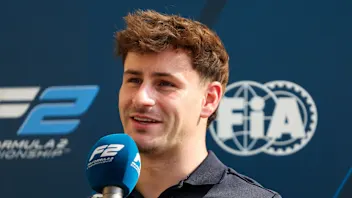SUNDAY CONVERSATION - chatting with Helmut Marko, F1's king of straight talk
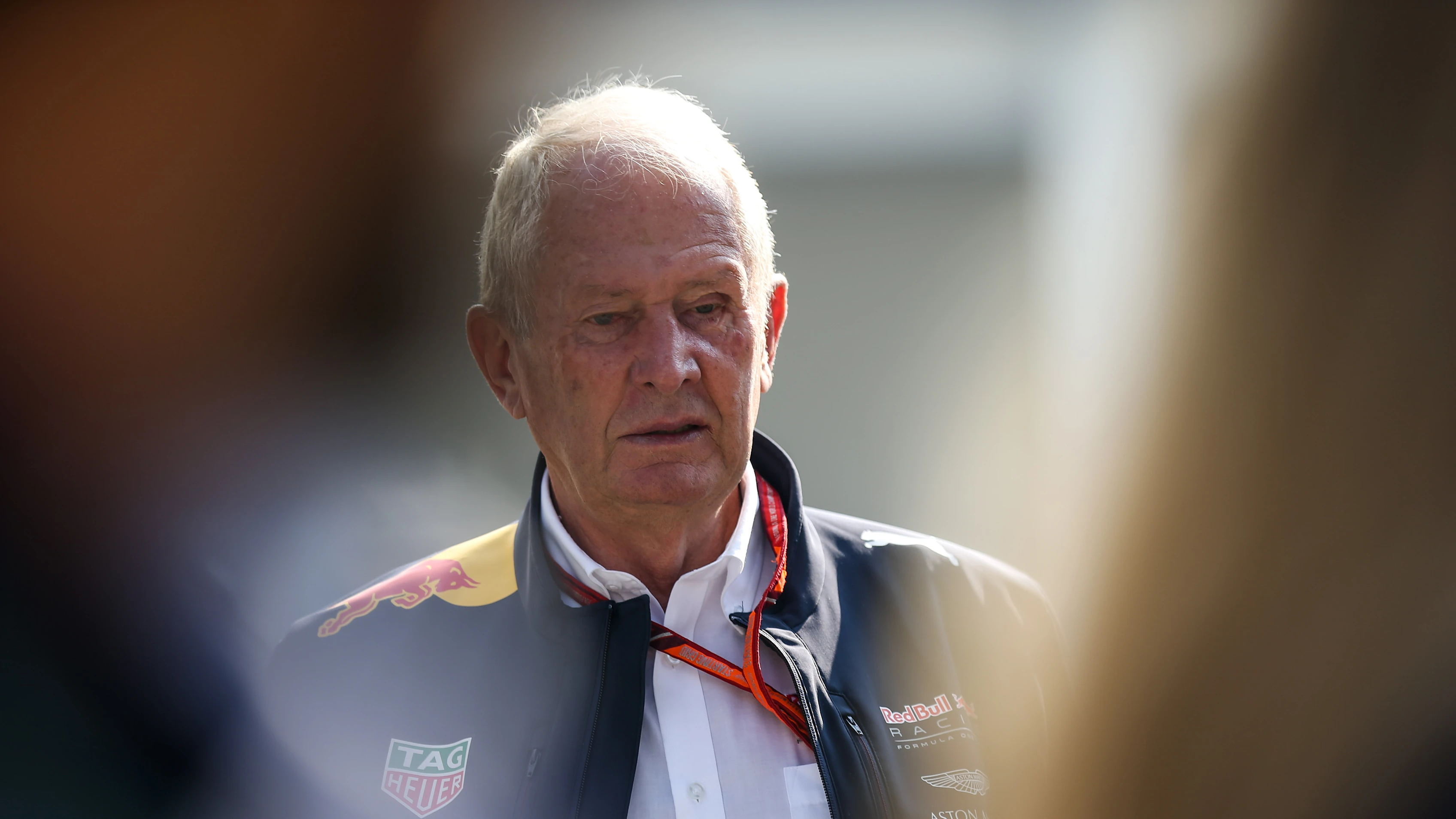
Red Bull’s motorsport adviser Helmut Marko will have six of his protégés on the grid in Sunday’s Australian Grand Prix. Yet, despite bringing so many top drivers through the motorsport ranks – including Sebastian Vettel and Max Verstappen – the Austrian has a reputation to be feared in racing circles. But as David Tremayne discovered, the former driver has earned the right to be forthright...
Back in 2013, at the height of Red Bull’s ‘Multi 21’ scandal when Sebastian Vettel ignored team orders to cheat Mark Webber out of victory in the Malaysian Grand Prix, Dr Helmut Marko refused to censure him.
Indeed, he seemed positively supportive of the driver many believed he favoured over the Australian.
“He can’t do that!” exclaimed one party who was very close to the centre of the affair. But the simple truth was, he could.
Nicknamed Dr Evil by some in the paddock, the taciturn Austrian is seen as the puppet master who can do as he pleases at Red Bull. But to understand why, you need to understand his background.
Marko, who not only has team owner Dietrich Mateschitz’s ear but, even more crucially, his trust, is a case-hardened racer who is without question one of the toughest alumni of F1’s school of hard knocks.
Born in Graz in April 1943, he was close friends with Jochen Rindt, who would become the sport’s only posthumous World Champion 27 years later. Each displayed a wanton wildness that would prepare them for the tough environments they would later meet in their racing careers. They had something in common very early on: they were both expelled from the Pestalozzi School in Graz.
“Let’s put it this way,” Marko explains: “If we left, they would give us a positive report. If not, we wouldn’t make it. So it was a very attractive offer. We messed about, we skipped lessons. We were a wild age and we really didn’t fit in this system of nice boys.
“So then we went to a boarding school called Bad Aussee, in the mountains, and that was a really wild time because whatever you had to do, you had to organise yourself. Climbing out of the windows during the night…”
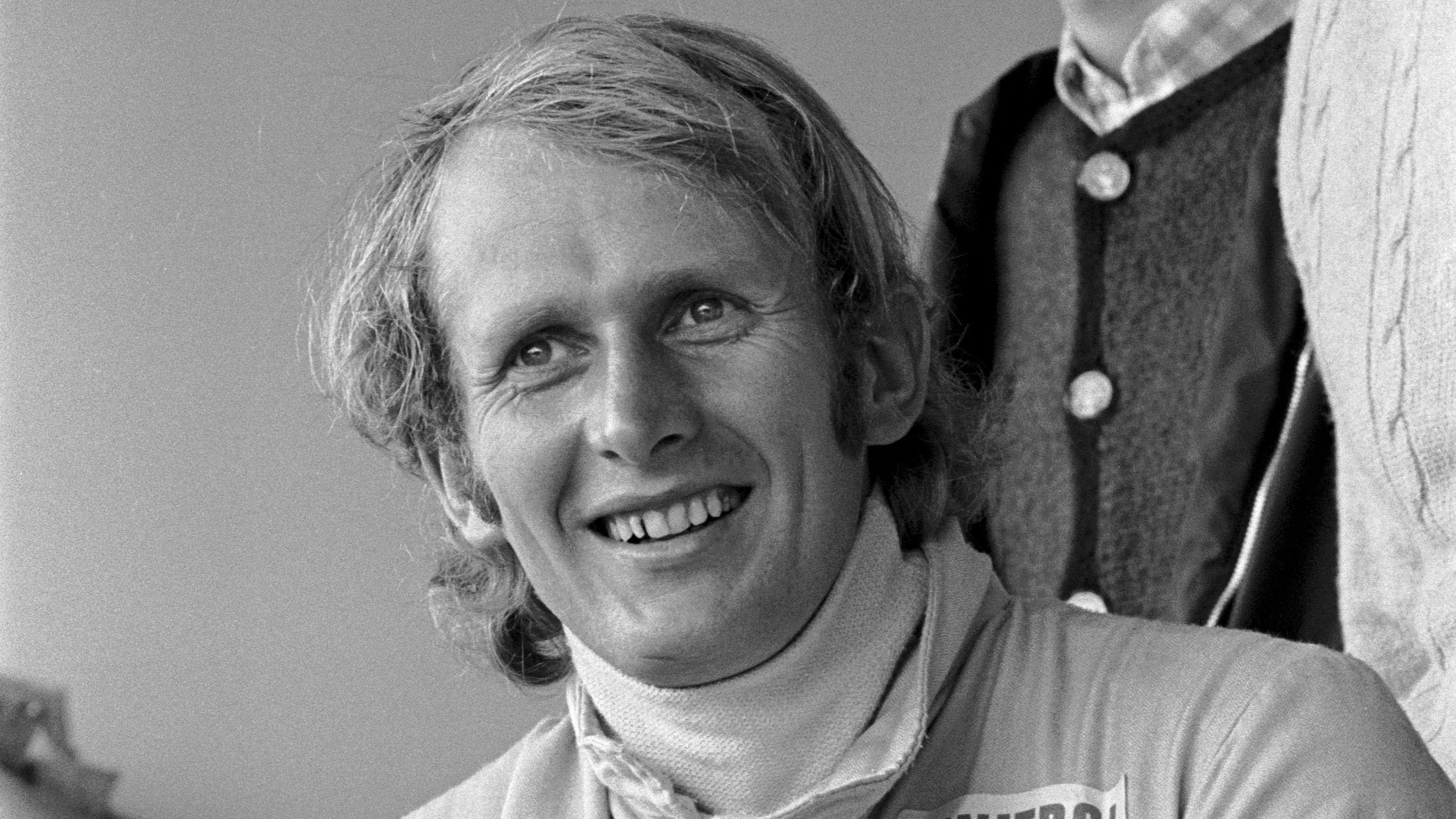
To survive in my era was already some achievement...
First they raced each other on motorcycles, later in cars. “We were 16 or 17 when we were together in school at Graz and that was when we got our first ‘wombats’ - motorcycles - and there it started. Whatever we did on these motorcycles, it was on a competitive level. When we had a car we didn’t have licences, but we managed to go nearly every weekend to Graz where we had our parties.
“Most of the time we managed someone in the car who had a licence and the system was: Everybody gets a drive, but only as long as he doesn’t make a mistake. A mistake means he was not on the limit, so he was judged by all the others. And some wild driving started! I can’t say who was quicker, me or Jochen, because it was a normal road, but it was competitive.
“To survive this era was already some achievement,” he chuckles. “It was unbelievable! There are so many stories, we would sit here for hours… We had this German licence plate on the VW that Jochen borrowed from his grandparents and normally we wouldn’t stop for policemen...”
Marko would borrow his father’s Chevrolet without paternal permission, naturally, and once crashed it down a hill. The deal between the friends was that if you screwed up, you were on your own. It was a harsh fraternal environment.
So the young Marko, the electrical dealer’s son, was used to fending for himself. That goes a long way to explaining why he has left the racing battlefield strewn with the careers of the myriad drivers who didn’t quite cut it in Red Bull’s programme. Guys such as Tonio Liuzzi, Patrick Friesacher, Sebastien Bourdais, Scott Speed, Sebastien Buemi, Christian Klien, Jaime Alguersuari, Lewis Williamson and, most recently, Daniil Kvyat.
“When I was racing we had to help ourselves,” he muses. “But tell me any of the drivers we finished with in the Red Bull programme, who made it afterwards. All of them had a certain talent and a certain speed. But they were just not working hard enough, that was the problem.”
Others have, of course, argued the support was withdrawn just when they most needed it…
His typically-Austrian candour leaves many either scandalised or dumbfounded. Niki Lauda is exactly the same, and so was Rindt. In the latter’s case, the trait was frequently mistaken for arrogance. When others took umbrage, all of them would simply look puzzled, and say, “But you asked me what I thought…” No euphemisms for them!
In December 2012 Marko was widely attacked for criticising Mark Webber, at the time perceived by the media to be disfavoured within the RBR camp to Vettel’s enduring advantage.
He has a simple view when collaborations don’t work out – in other words, if drivers don’t perform and don’t address their weaknesses. “You have to make a solution. Unfortunately, that means normally if they are not delivering, you have to finish the cooperation.”

All of them had a certain talent and a certain speed. But they were just not working hard enough, that was the problem...
His comments about Webber, a popular figure, came across as a tirade about the Australian’s modus operandi, and were doubly wounding insofar as they were printed in Red Bull’s own in-house Red Bulletin magazine.
At the time he explained: “I was asked why Vettel is champion and why Mark isn’t, so I tried to explain the difference and there were just some facts. I didn’t think it should be taken to criticise Mark, but I said if he was able to keep his performance over the whole season, then he would have been the champion. They get the same treatment here with us. Mark was already a driver with a good reputation, and it was always, ‘If he is in the right car, he will be a winner.’ And then came the right car, but unfortunately along came Vettel as well. So psychologically it must be very, very hard for Mark.
“All these circumstances were what I tried to express, and the magazine thought that I was against Mark, which is not true. In 2010 we all believed that he would be the champion because all the chances were completely on his side. For sure I wouldn’t say he should focus where his weaknesses are, but rather that he should focus in areas where he is not as strong as Vettel. Work on that. Sometimes somebody has to tell a driver that.”
Marko was genuinely concerned at the way his comments were perceived at that time - and keen to set the record straight now.
“With Mark it was a misinterpretation,” he added. “I don’t set out to be unkind, but I say what I believe and I say it to make something better, to help people to come up with their own solutions.”
What tends to get forgotten is that Marko himself was a great racer.
Back in 1971 he was all set to be 'Niki Lauda' before Niki Lauda, before anyone realised that his compatriot had the skill that would take him to three titles.
He had seen his friend Rindt die at Monza during practice for the 1970 Italian Grand Prix just when he was on the cusp of clinching his World Championship. And he had started to carve a reputation of his own in a Lola T212, then with a record-setting victory at Le Mans in 1971 in a Martini Racing Porsche 917K shared with Dutchman Gijs van Lennep, and a superb drive for Alfa Romeo in the 1972 Targa Florio.
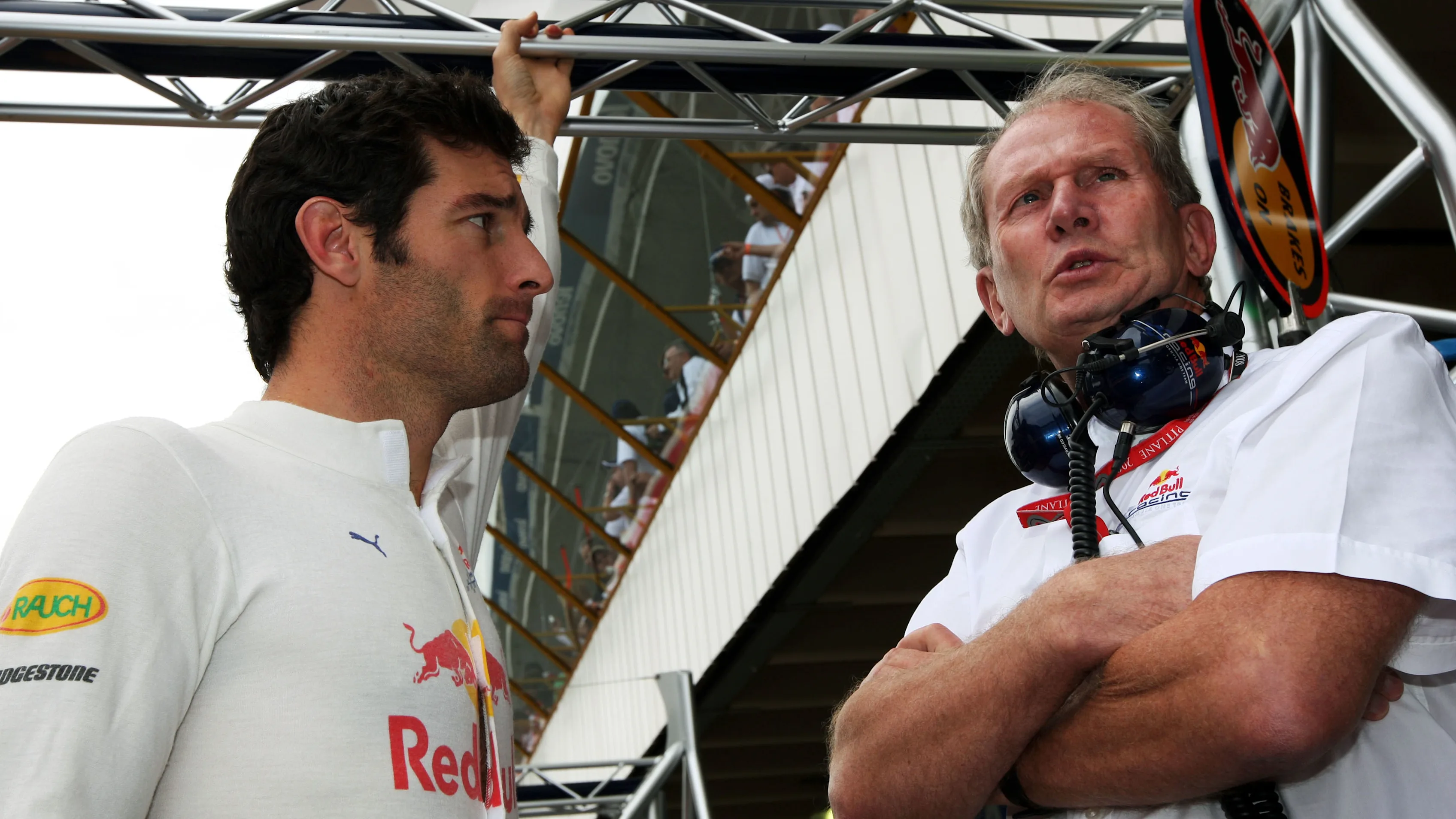
I was asked why Vettel is champion and why Mark isn’t, so I tried to explain the difference and there were just some facts...
That year he also raced Ferrari sports cars and showed so much promise with one of the BRM team’s old P153s in F1 that the autocratic Louis Stanley rewarded him with one of the latest P160Bs to race for the first time in the French Grand Prix at Clermont-Ferrand. He qualified a sensational sixth on one of the sport’s most challenging tracks and was running in that position in the race, the leading BRM driver by a country mile.
Better still, he was fighting for fourth place, in the wheeltracks of Emerson Fittipaldi - who would go on to win that year’s World Championship in the often dominant Lotus 72 - and Ronnie Peterson - acknowledged even then as the sport’s fastest driver in the hastily-built March 721G. Then, on the ninth lap, the Swede’s car threw up one of the myriad stones that littered the track. Like a bullet it penetrated Marko’s visor, blinding him in one eye.
“It was all coming together,” he remembers of his racing career. “And, funnily enough, I had just got some autographs to sign and they were photos of me in my 153 and one in the 160. In the 153 I was sitting properly, in the 160 I remember that it came late like it always did with BRM, and there was no time for a proper seat fitting. I was sitting about 10 centimetres higher. If I would have been in my normal seating position nothing would have happened.
“I didn’t know immediately that I was in trouble. I saw something coming and just remembered I was sixth and that we had 258 litres of fuel and there were 18 cars behind me, so if I don’t do something smart, they could hit me. I managed to raise my arm and park the car, fortunately for me and the others.
“I was in hospital for two months and I had stitches in my injured eye. I couldn’t see because I had covers on both eyes. Then you are thinking a lot. At one stage I said, ‘That’s it!’ I was 29, the victim of an accident… One night it was clear that it wouldn’t be the same as it was before… But life goes forward, and I had to cope with that.
“Of course I was bitter in the beginning. It was, ‘Oh, by Christ!’ But being in the hospital you see or you hear what is going on around you so then you relatively see that it is not so serious. You have to get normal again, and stay grounded.”
Marko ran his own hotel for a while, then ventured back into racing by setting up his own Formula 3000 team. Along the way he worked with two more doomed young men, Helmuth Koinigg and Markus Hottinger, and endured more tragedy. Koinigg was killed in a Surtees at Watkins Glen in 1974 in only his second Grand Prix; Hottinger in a Formula 2 race at Hockenheim in 1980.
“There was this thing with the Austrians, that they had such odd accidents,” he recalls. “With Jochen it was under braking and the nose wedged beneath the guardrail at Monza and it was torn off and he was pulled out of the car. Two metres earlier or later...
“Fortunately, I was not at Watkins Glen when Helmuth was killed. That was a big shock. He had a puncture and went under the guardrail, and he was decapitated. And with Hottinger, a wheel from Derek Warwick’s car was bouncing around and it hit his head…
“Both Helmuth and Markus gave something to racing. And, yes, both of them could have made it.” He pauses for a moment in his reflection, then says it again: “But life goes on…”
With his help and guidance, the Jaguar team were transformed into Red Bull Racing for 2005. After a hesitant start they went on to win 55 Grands Prix between Monza 2008 and Abu Dhabi 2017, and eight World Championships between 2010 and 2013.
So the next time that Helmut Marko’s blend of Styrian pragmatism and harsh reality strikes a discordant note among today’s softer elite, remember that he earned his right to his strong and sometimes powerfully candid opinions, not just through great success, but also in brutal circumstances at a time when the sport itself often took no prisoners.
Next Up

.webp)
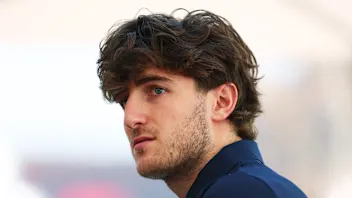
/16x9%20single%20image%20(17).webp)
